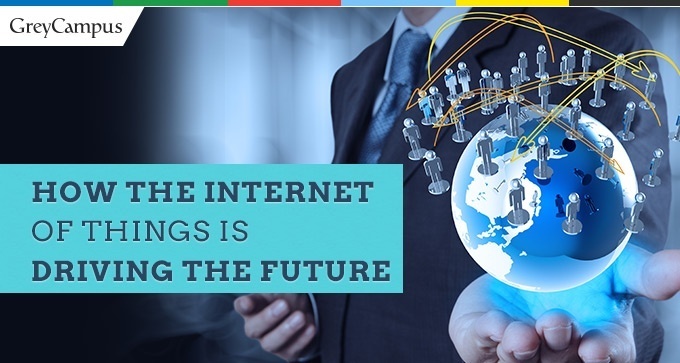How the Internet of Things (IoT) is driving the future
‘The Connected Life’
The
IoT trend is growing and it represents a transformative shift for the economy. It opens opportunities for businesses of all sizes and across a variety of sectors to interact with consumers in new and exciting ways to optimize their strategies.
The connected devices use the real advantages in cloud computing in terms of quality, reliability, longevity and resource optimization. It is estimated that by 2020 around 50 billion devices around the globe will be connected to the Internet, feeding petabytes of data to the cloud. With rising number of devices getting connected and interacting with each other, more data can be captured and analyzed which in turn increases the potential for unlocking innovations and improving operations. By leveraging
cloud technology and big data techniques, manufacturers analyzes the data and understand how appliances are used by consumers.
Using a software or tool the data can then be analyzed and turned into business insight.
IoT is emerging as the third wave in the development of the internet. Internet wave in 1990’s has connected one billion users while the mobile wave in 2000’s connected another two billion. The IoT has the potential to connect millions of “things” to the internet.
IoT functions on more advanced techniques and differs from Internet in following ways -
- Sense
It leverages sensors attached to the things (temperature, pressure etc). More data is generated by things with sensors than by people.
- Efficient
It adds intelligence to manual processes (eg. Reduce power usage on hot days). Not only to people IoT extends the Internet’s productivity gains to things.
- Networked
It connects objects to the network. Some of the intelligence shifts from cloud to the network edge’s.
- Specialized
It customizes technology and process to specific verticals (e.g home automation, healthcare, retail etc). Unlike PC’s and smartphones, IoT is fragmented.
- Everywhere
Deploys pervasively (human bodies, cars, homes, cities etc). Connected with the number of devices anywhere it provides a high magnitude of security.
IoT Use Cases/Applications
IoT devices are all around us. The cloud is what that connects anything-anytime-anyone. It’s seeping into everyday life with home and industrial building automation, traffic management automation, remote security and control, smart applications including cities, water, building, agriculture, grids, meters, cars, animal farming and environment.
Below are the most common use cases for the IoT.
- A refrigerator can identify the food items and can get your shopping list while you are out.
- Shirts can pick a tie for you.
- Motorized drifters can track and monitor water activities
- The Noise level of a particular area can be monitored.
- Drivers can remotely monitor and control their vehicle.
- Vehicle parking space availability can be automatically monitored.
- Rubbish in the trash bins can be detected to optimize trash collection routes.
Connecting with people and everyday things is not a new phenomenon. Machine-to-Machine communication has been around for many decades; what is new is the way the connected things are becoming an integral part of our lives. The
Internet of Things (IoT) is getting an increasing amount of consideration providing significant benefits to human safety, to our health and the environment.
There is nothing new about the idea; everybody knew it was "the future." But that future is here. Effective remote conventions, sensors to sense everything, and fewer expensive processors are devising the future now.
Click Here for 101 Internet of Things Course
